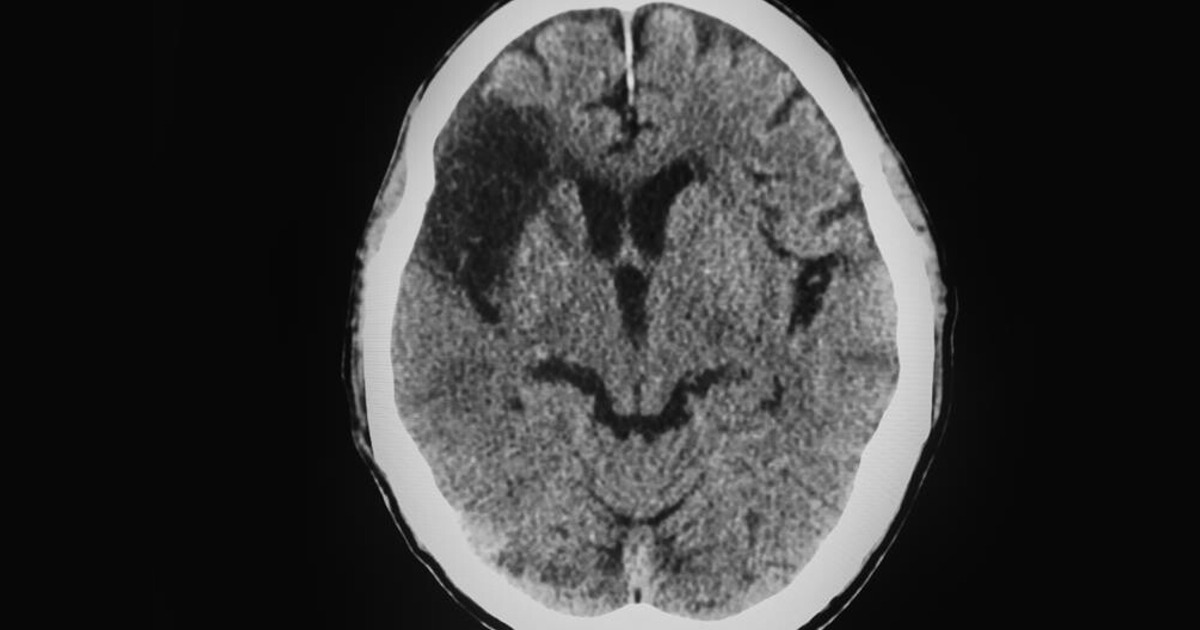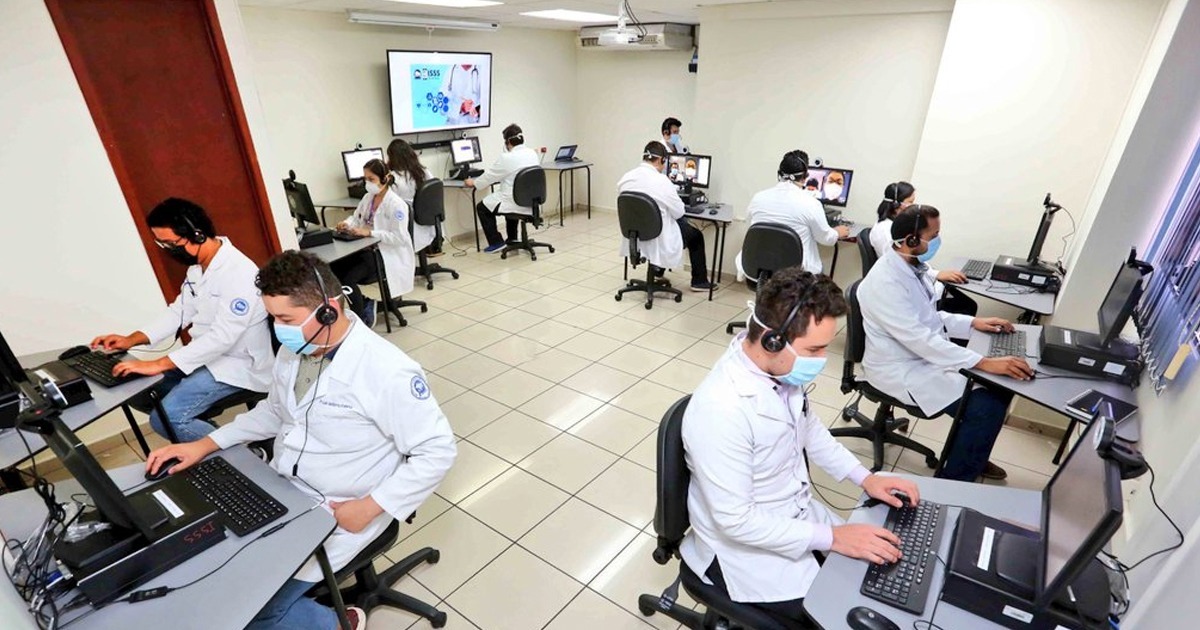The prediction of critical condition after the diagnosis of COVID-19, was possible in the United States, thanks to the development of models with data from electronic medical records (EHR).
The research was published in the journal Nature under the title: “Predicting critical status after COVID-19 diagnosis: model development using a large US electronic medical record dataset.” The article presents a prognostic model of the critical state of COVID patients, 28 days after the diagnosis of the disease.
The availability of current data allowed techniques such as machine learning to be used during the pandemic, as exemplified in this study. In addition, in combination with the ECE and the large network of hospitals in the United States, it was possible to obtain relevant results.

The model developed for the research included demographic data, comorbidities, symptoms, and hospitalization. The data included information on 15,753 patients, of which 2,050 were in critical condition or even lost their lives.
The interpretability analysis of the data confirmed the main risk factors efficiently, which were the following: Advanced age, higher body mass index, male sex, diabetes and cardiovascular disease.
ECEs can be a powerful data source for creating evidence based on real-world data, especially when combined with a platform that facilitates structured data mining.
“The results of this work demonstrate that it is possible to develop an explainable machine learning model based on patient-level EHR data to predict, at the time of COVID-19 diagnosis, whether individual patients will progress to critical status in the following weeks. 4 weeks”, explains the study on the results.
The study recognizes the biases that can be found in this type of model, since it mainly considers metropolitan areas, so, to be considered in clinical implementation, it must be validated with other data sets.
Check the full study at the following link: https://www.nature.com/articles/s41746-021-00482-9





